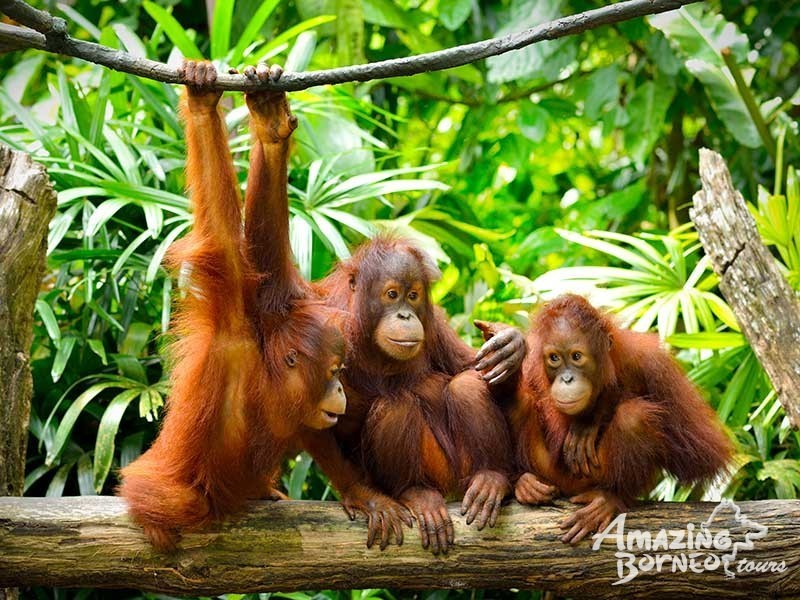Most people coming to Borneo are hoping to see at least some wildlife but aside from visiting the zoo or wildlife rehabilitation centres your chances of seeing many of Borneo’s elusive species in its natural habitat are pretty limited. Luckily, with a little bit of basic knowledge and awareness on wildlife spotting you can increase those chances considerably so we decided to compile this guide for you.
General Tips
Unless you are a PHD researcher or park ranger, chances are you don’t have many ideas where to begin when it comes to spotting animals in the wild. These little guys are generally pretty cautious around humans and will hear, smell or see you coming and get the hell out of dodge before you even have a chance to take the lens cap from your camera.
So pay attention and respect others who came to see the wildlife with you by keeping your noise and talking to a minimum whenever in the forest. (It’s also bad form to talk loudly, swear or shout while in the forest as it is believed by some locals that it may offend the forest spirits so again, please show some respect) In addition to that, using scented soaps, repellents, clothes washing detergents, noisy clothing/loose items in backpacks or smoking will also alert any animals to your presence and cause them to scoot.
Night Walks
Many tours and resorts offer optional nightwalks/drives. If you get the opportunity grab it as this is by far your best chance to see everything nocturnal and day dwelling. At night you not only may get to see something amazing but if you are lucky you will get within a few meters of it too. As you progress down the tracks the guide will try to catch the eye shine reflections of animals and insects to locate them and close in, you can try this yourself but even with 20/20 vision it is extremely difficult for the untrained eye to pick out anything amongst the thick vegetation.
There is no guarantee but if you are lucky you could spot wildcats such as Clouded Leopard, Civets, Linsang or Bearcats. Also Slow Loris, Western Tarsier and Flying Lemur are around higher in the trees. In addition millions of different kinds of insects, snakes and sleeping birds also inhabit the forest at night so keep your eyes peeled!
River Cruises
Boat trips and night cruises are especially good for spotting wildlife, especially some of the bigger mammals such as the Orangutan and Pygmy Elephants and the many monkey species here. This is due to the lush vegetation, fruiting trees and at least in the Elephants case opportunity for a well needed bath! Just don’t try to go for a swim because many of the rivers here are full of crocodiles!
At the moment plantations are supposed to refrain from planting within 100m of any waterway in order to keep a bare minimum of space for wildlife to migrate between fragmented areas, however this agreement sadly is not always honoured.
Useful Items
Decent headtorch (800+ lumens adjustable)
Hiking boots or local Adidas Kampung shoes are fantastic (Max size 42)
Binoculars
Point of Interest
There are 1000s of kilometres of river in Borneo and these waterways are a vital part of maintaining the ecosystem as they create natural buffer zones between farming/plantation areas and forest that act as wildlife corridors between different areas of severely fragmented jungles. Animals such as the pygmy Elephant and Sumatrian Rhino need to migrate so as to keep the gene pool healthy by not mixing too much with close family members. Aside from deforestation for oil palm and hunting, forest fragmentation and reduced access to migratory corridors is believed to be one of the primary causes of the mass extinctions we are seeing right now not only in Borneo but worldwide.

